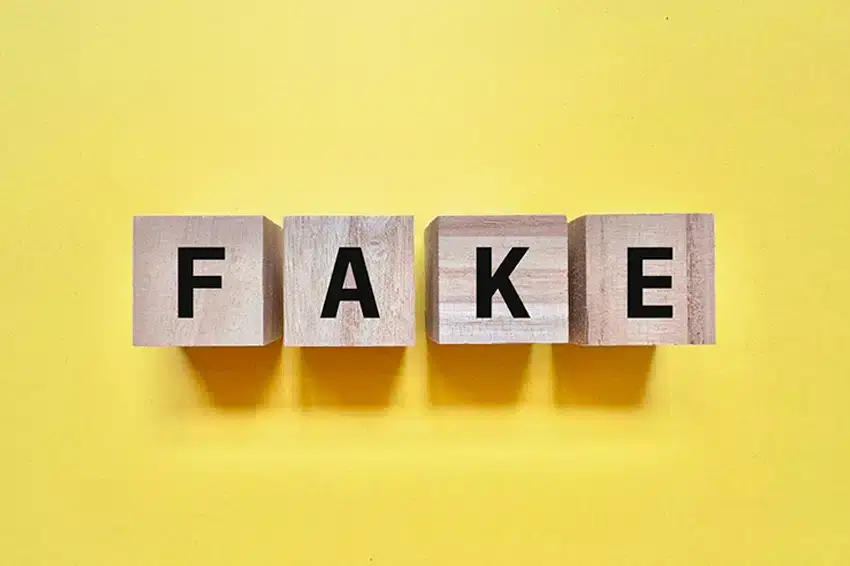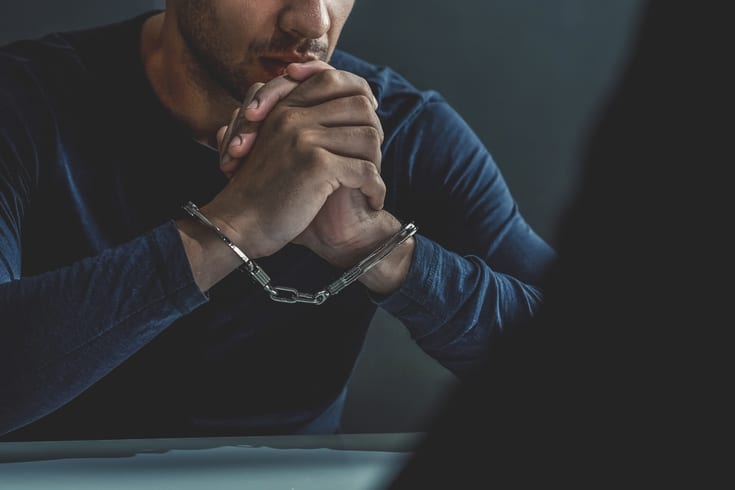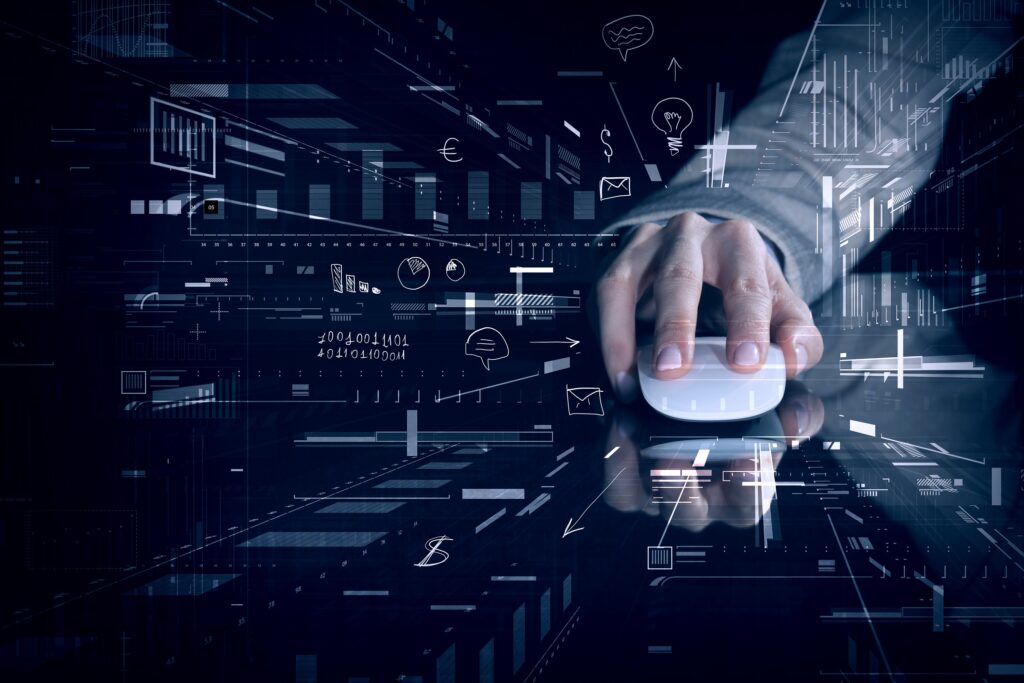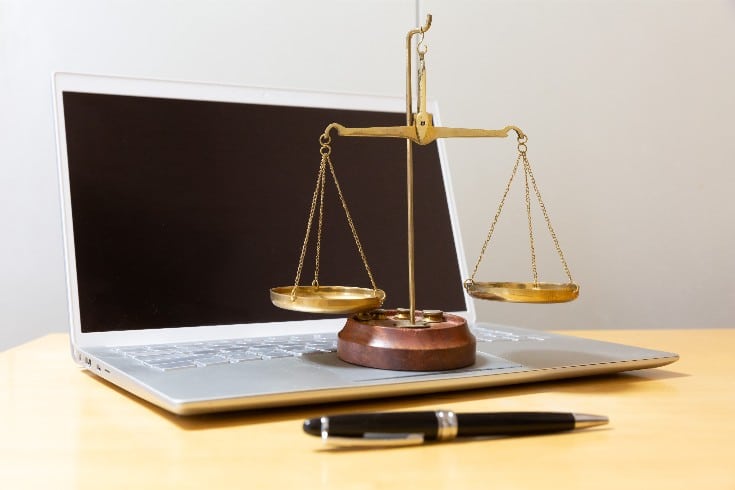Photography and Publication Without Permission: To What Extent is it Permissible Under the Law? Explaining 4 Key Points
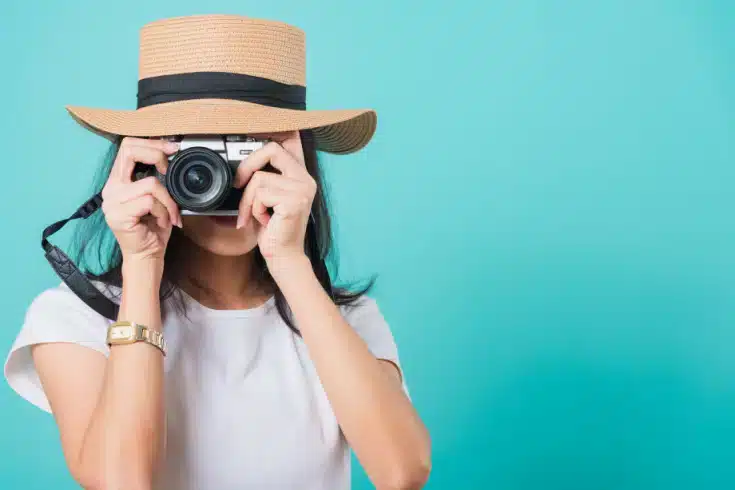
At event venues and tourist attractions, it is not uncommon to encounter signs or announcements stating, “Photography and recording are prohibited.” What legal basis exists for such prohibitions? Furthermore, if you are asked to surrender your camera or delete images at a concert venue, are you obligated to comply?
In this article, we will explain the extent to which taking videos and photos and sharing them on social media is permissible without prior permission from the organizers or administrators.
Is There a Legal Basis for Prohibiting Photography and Recording?
When considering the legal basis for prohibiting photography and recording, we can think of four main areas: “Copyright and Related Rights,” “Right of Publicity and Portrait Rights,” “Facility Management Rights,” and “Contracts.”
Copyright and Neighboring Rights
The most common reason for prohibiting photography and recording is copyright. In the context of theater, concerts, art exhibitions, and the like, copyright issues arise, and performers often have neighboring rights.
Copyright refers to the rights held by the creator of a work, which allow them to decide how their work is used. It is a type of intellectual property right and legally protects the work from unauthorized use by others.
If it is a copyrighted work, it cannot be photographed without permission. Under the Japanese Copyright Law, unauthorized reproduction of a work is prohibited, and this includes reproducing the work through photography. Therefore, taking photographs of a copyrighted work without the permission of the copyright holder may violate copyright law.
Neighboring rights are granted to those who are not the creators of the work but have contributed to its dissemination. For example, performers and record producers are recognized to have neighboring rights.
In the case of recording music or videos, these neighboring rights also become an issue. For a musical performance, permission must be obtained not only from the copyright holder but also from the performer who has neighboring rights.
Exceptionally, copyright is not an issue for old masterpieces whose copyright has expired (copyright is generally protected for 70 years after the author’s death). Moreover, Article 30 of the Japanese Copyright Law states that “a work may be reproduced for non-work-related purposes within the home, and for similar purposes, it may also be translated, arranged, transformed, or adapted,” thus allowing “reproduction for private use.”
Reference: Agency for Cultural Affairs | About the Commencement and Duration of Copyright Protection[ja]
Furthermore, art works and architectural works (public art) that are permanently installed in outdoor locations may be freely photographed and recorded according to Article 46 of the Japanese Copyright Law.
Related article: Is it permissible to photograph and publish someone else’s property without permission?[ja]
Right of Publicity and Portrait Rights
Next, we address issues related to “portrait rights.” Portrait rights refer to the right not to have one’s face or figure photographed or published without consent.
Since a portrait is a symbol of an individual’s personality, it is understood that a person has the right, derived from their personality rights, not to have it arbitrarily used by others (Supreme Court decision, February 2, 2012).
However, not all photography of others constitutes an infringement of portrait rights. The context in which the photograph is taken can affect this determination. In places where being photographed can be reasonably anticipated, such as tourist sites or event venues, it becomes more challenging to claim an infringement of portrait rights, even if one appears in a photo. Furthermore, if the image is indistinct and the individual cannot be identified, it does not constitute an infringement of portrait rights.
On the other hand, the “right of publicity” refers to the right of a famous person to exclusively exploit the economic value derived from their name or likeness’s customer-attracting power. For example, even if a celebrity is photographed for personal enjoyment while appearing at an outdoor public event, it is less likely to constitute an infringement of rights. Nevertheless, it can be said that one should maintain decorum as a matter of etiquette.
Related article: Explaining the Standards and Process for Claiming Damages for Portrait Rights Infringement[ja]
Facility Management Rights
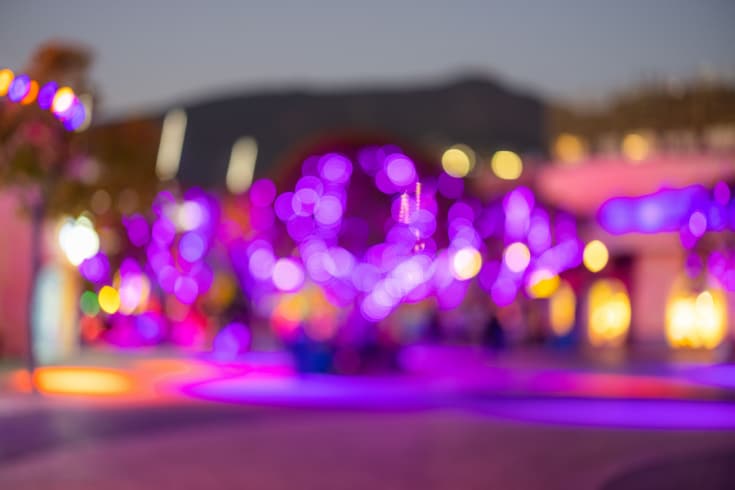
“Facility Management Rights” refer to the legal rights granted to the owners or managers of buildings and premises. These rights, for example, allow them to prohibit nuisance behaviors within the facility and to request individuals who engage in such behaviors to leave. Announcements within a venue stating, “Please refrain from photography as it disturbs other guests and interferes with the performance,” are based on these facility management rights.
This issue is not limited to event venues or tourist attractions but also extends to the photography of meals in restaurants. However, in practice, it is often difficult to determine whether there has been an infringement of rights.
In legal precedents, when it comes to public facilities used for gatherings and the like, the principle is that the free use by citizens and residents is the norm due to the public nature of the facility. Nevertheless, the facility management rights of the administrators are recognized.
On the other hand, in private facilities, there is a recognition of unrestricted facility management rights. For instance, as part of these rights, it is possible to “prohibit photography within the facility.” Unauthorized photography would constitute an infringement of the facility management rights.
Contracts & Terms and Conditions
Purchasing tickets for events or performances inherently constitutes a “contract.” Generally, this means that by agreeing to the terms and conditions written on the back of the ticket, you are entering into a contract to gain admission to the venue.
These terms may include a “no photography” clause. For instance, if you click a button stating “Agree to terms and purchase” when buying tickets online, and you clearly agree to the terms, which include a prohibition on unauthorized photography, this agreement is likely to be considered valid.
Furthermore, if there is a conspicuous “no photography” sign at the entrance of the venue and you enter while seeing this sign, it is highly probable that an agreement not to take photographs is assumed. When there is a valid agreement regarding the prohibition of photography, adherence to this agreement is the general rule.
Conversely, even if there is a valid agreement that photography is allowed, the extent and conditions under which it is permitted can be contentious. Just because photography is allowed does not mean that all acts related to photography are permitted.
Unauthorized Publication of Photos and Videos Without Permission
While we can point out the four legal bases for prohibiting photography and recording, what happens when such captured images or videos are published online for use?
Copyright, Portrait Rights, and Publicity Rights
Copyright extends to the regulation of publication. In cases such as sharing on social media with a limited group of friends, it may be permitted as private reproduction or the so-called “tolerant use.” However, if copyrighted material is published on Twitter or a blog, it constitutes a public transmission and therefore, a copyright infringement.
Portrait rights and publicity rights can also pose legal issues. If the image allows for the identification of a person, failing to edit it to prevent recognition could lead to a lawsuit for infringement of portrait rights.
Related article: Explaining the Standards and Process for Claims of Damages Due to Portrait Rights Infringement[ja]
Facility Management Rights

Regarding facility management rights, there is a case where Byodo-in Temple (located in Uji, Kyoto Prefecture), a World Heritage site, demanded a toy company to stop selling jigsaw puzzles that used photos of the Phoenix Hall without permission.
Byodo-in prohibits the commercial use of photographs taken within its premises, as clearly stated in pamphlets distributed to visitors and in a relatively small notice in the digital pamphlet, which reads, “It is prohibited to use photographs taken inside the temple for commercial purposes.” There were no other prominent notices, so whether the toy company had agreed to the conditions was in question. However, considering past precedents, it seemed somewhat strict to restrict the later use of photos based on facility management rights.
In legal precedents, there have been cases where unauthorized sales of books and scrolls using photos of a secret Buddha, which is generally not open to the public and can only be viewed once every 60 years, were deemed to infringe on religious personality rights, leading to injunctions against the sale of the products, disposal of the photos, and compensation to the temple (Tokushima District Court, June 20, 2018). Moreover, since the Phoenix Hall’s photo was being cut up for the puzzles, it could have been argued as an infringement of religious personality rights, but ultimately, on October 12, 2020, the Kyoto District Court reached a settlement where the toy company agreed to dispose of 328 items in stock and promised not to sell products using Byodo-in’s photos without consent, with Byodo-in bearing the disposal cost of approximately 170,000 yen.
Contracts and Terms
If unauthorized photography or later use of the material is explicitly prohibited, such violations could be subject to claims for damages. However, if the prohibitions are not clearly stated, it is not possible to demand the cessation of publication as a “claim for performance of contract” in court.
For example, at a live event venue, the copyright holder has the right to demand the disposal of infringing materials (Japanese Copyright Law, Article 112, Paragraph 2), which allows for the confiscation of cameras from photographers or the deletion of their data. However, the use of force is not permitted. It is best to keep the practice to voluntary submission or deletion.
Nevertheless, it is considered acceptable to a certain extent to restrain attendees who refuse entrance inspections or try to enter with prohibited cameras, or to forcibly remove attendees who continue to cause disturbances despite being asked to stop.
Summary: Consult Experts on Copyright Issues
In recent years, there has been an increase in museums and art galleries, such as the Tokyo National Museum of Modern Art and the National Museum of Western Art, that allow photography and encourage sharing on social media platforms. This trend is driven by the desire for ‘Instagrammable’ moments, where sharing photos and videos on social media has become the norm. There have been instances where museums have allowed photography to target ‘Instagrammable’ appeal, resulting in widespread sharing on Twitter and a significant increase in visitor numbers.
Social media platforms have the personalityistic of easily gathering users with similar interests and hobbies. By leveraging this feature, it is possible to achieve more efficient advertising effects than with expensive mass media advertising. The practice of taking and sharing photos at event venues and tourist spots is becoming more acceptable with the new era’s etiquette, as long as it is for private use. This change allows many people to enjoy these experiences even more.
However, it is important to remain considerate and not infringe upon the rights of others when taking and sharing photographs. For issues related to copyright and other related matters, it is advisable to consult with an attorney.
Guidance on Measures by Our Firm
Monolith Law Office is a law firm with extensive experience in both IT, particularly the internet, and legal matters. In recent years, intellectual property rights, including copyrights, have garnered significant attention. Our firm provides solutions related to intellectual property. Please refer to the article below for more details.
Areas of practice at Monolith Law Office: IT and Intellectual Property Legal Services for Various Companies[ja]
Category: Internet


